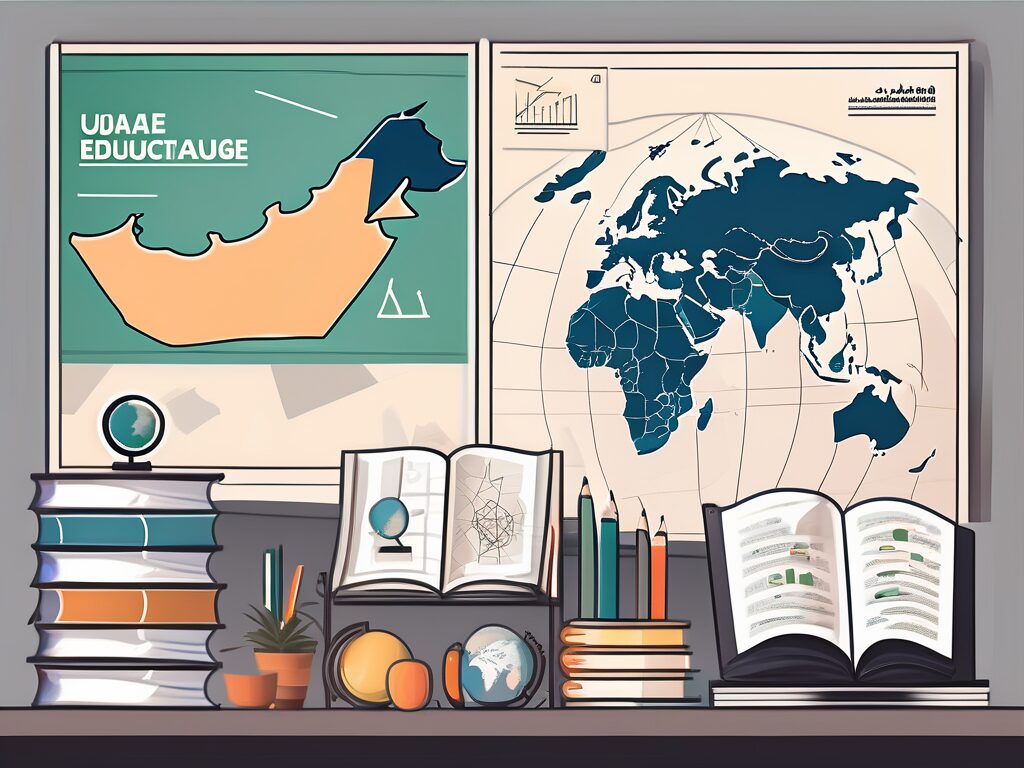The United Arab Emirates (UAE) is a melting pot of cultures, languages, and traditions. With its rapid development and global influence, the country has seen a surge in the need for bilingual education. However, like any educational system, it faces its unique set of challenges. This piece delves into the intricacies of bilingual education in the UAE, highlighting the hurdles and potential solutions.
The Concept of Bilingual Education
Bilingual education refers to an educational system where instruction is given in two languages. In the UAE, this typically involves teaching in Arabic, the national language, and English, the global lingua franca. The goal is to develop proficiency in both languages, fostering cognitive, social, and cultural benefits.
However, implementing a successful bilingual education system is not as straightforward as it may seem. It requires careful planning, adequate resources, and continuous assessment. Let’s explore the challenges that the UAE faces in this regard.
Challenges in Bilingual Education in the UAE
Language Dominance
One of the major challenges in bilingual education is the dominance of one language over the other. In the UAE, English often overshadows Arabic in educational settings. This is akin to a football team where one player hogs the ball, leaving the others underutilised. The result is a decline in Arabic language proficiency among students, which can lead to a loss of cultural identity and heritage.
Addressing this issue requires a balanced approach to teaching both languages, ensuring neither is neglected. This is a delicate balancing act, akin to a tightrope walker maintaining equilibrium.
Teacher Competency
Another significant challenge is the competency of teachers in both languages. Just as a chef needs to be skilled in cooking various dishes, a bilingual teacher must be proficient in both languages. Unfortunately, finding such teachers in the UAE can be difficult. This results in a compromise in the quality of education, with students not receiving the full benefits of bilingualism.
Improving teacher training and recruitment processes can help overcome this hurdle. This is akin to a football team scouting for the best players to ensure a winning performance.
Curriculum Design
Designing a curriculum that effectively integrates two languages is another hurdle. It’s like trying to blend two distinct colours into a harmonious painting. The curriculum needs to cater to the learning needs of students in both languages, which can be a complex task.
Adopting a flexible and inclusive curriculum design approach can help tackle this challenge. It’s like a tailor customising a suit to fit the client perfectly, ensuring comfort and style.
Potential Solutions
Policy Reforms
Policy reforms can play a crucial role in addressing these challenges. It’s like changing the rules of a game to make it more fair and enjoyable. For instance, implementing policies that promote balanced use of both languages in schools can help tackle the issue of language dominance.
Additionally, policies that enhance teacher training and recruitment processes can improve the quality of bilingual education. It’s like a company updating its hiring policies to attract the best talent.
Community Engagement
Engaging the community can also be an effective solution. It’s like inviting neighbours to a community garden project, where everyone contributes and benefits. Parents, local organisations, and community leaders can play a crucial role in promoting bilingual education and addressing its challenges.
For instance, community-led initiatives can help preserve and promote the Arabic language, countering its decline in schools. It’s like a community coming together to restore a local landmark, preserving its historical and cultural significance.
Research and Development
Investing in research and development can provide valuable insights into improving bilingual education. It’s like a scientist conducting experiments to discover new solutions. Research can help identify effective teaching methods, curriculum designs, and policy reforms.
Moreover, continuous development and assessment can ensure the bilingual education system in the UAE keeps up with global trends and standards. It’s like a business continuously innovating to stay competitive in the market.
In conclusion, while bilingual education in the UAE faces several challenges, they are not insurmountable. With the right strategies and concerted efforts, the country can overcome these hurdles and reap the benefits of a successful bilingual education system. After all, as the saying goes, “Where there’s a will, there’s a way.”
Empower Your Bilingual Teaching Career with IPGCE
As we navigate the complexities of bilingual education in the UAE, it’s clear that professional development is key to overcoming these challenges. IPGCE is dedicated to supporting educators in their quest for excellence. By enhancing your qualifications with our International Postgraduate Certificate in Education, you not only increase your chances of securing international teaching positions but also pave the way for career advancement and a robust professional network. Embrace the opportunity to deepen your understanding of global education systems and join a community that values your growth while balancing your commitments. Take the next step in your teaching career and Join the UK’s #1 Teacher Training Course today.

